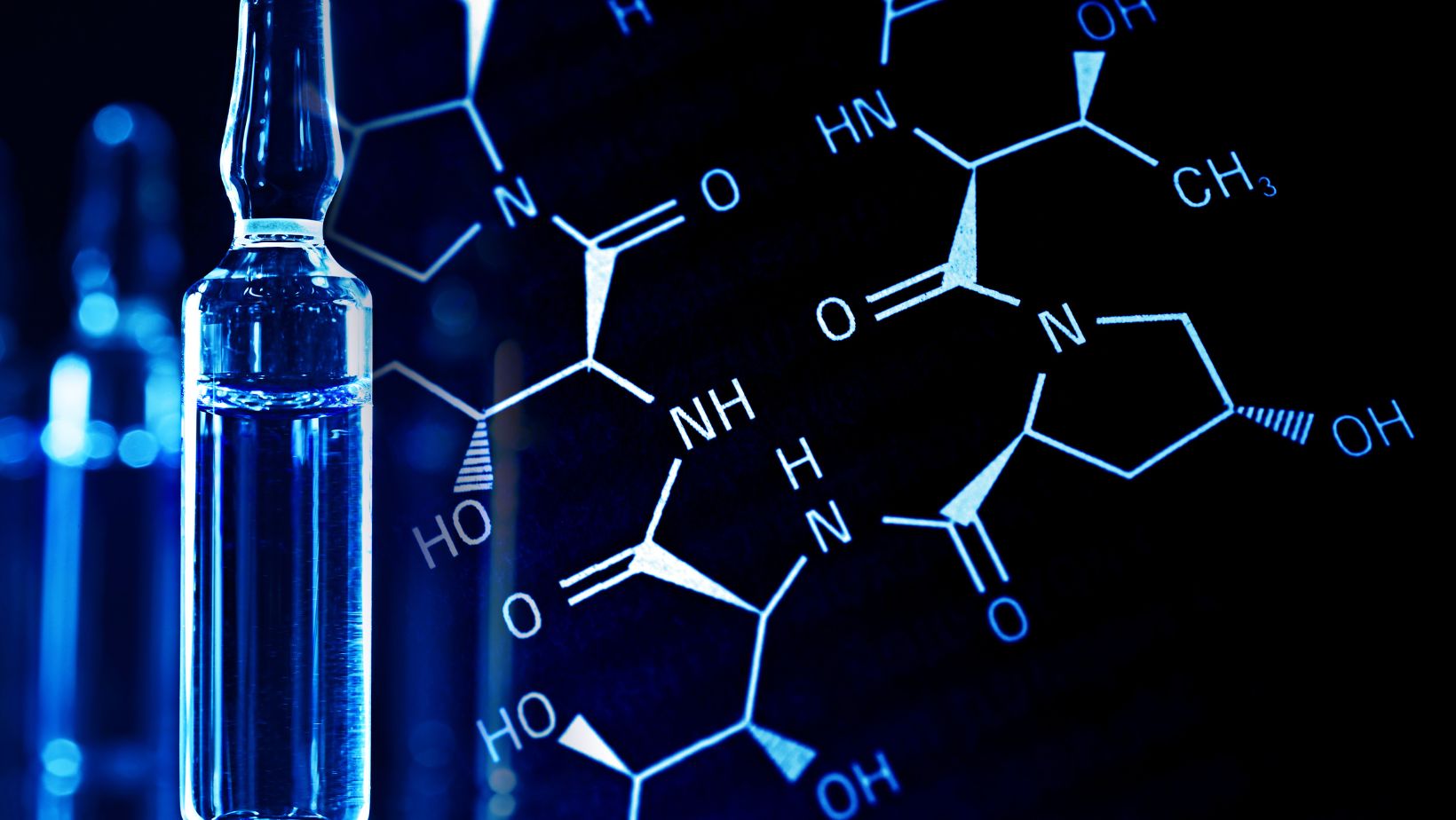Conversion Factors In How Many Units Of Insulin In A Ml

Wondering how many units of insulin are in a milliliter (ml)? Look no further! In this article, I’ll provide you with a clear and concise answer to this common question. Insulin is typically measured in units per ml, which determines the concentration of the medication. Understanding this measurement is crucial for individuals who require insulin injections or use insulin pumps.
To put it simply, the number of units of insulin in a milliliter depends on the concentration prescribed by your healthcare provider. The most commonly used concentrations are U-100 and U-500. U-100 means there are 100 units of insulin in each milliliter, while U-500 indicates 500 units per milliliter. It’s important to note that other concentrations may also be available, so always follow your healthcare provider’s instructions and carefully check the label on your insulin vial or pen.
Understanding Insulin Units
Calculating Insulin Units in a Milliliter
When it comes to understanding insulin units, one of the key aspects is knowing how to calculate the number of units in a milliliter (ml) of insulin. The concentration of insulin can vary depending on the type and brand, so it’s important to be able to determine the precise amount.
Insulin is typically measured in International Units (IU), which refers to the biological activity of the hormone. The concentration of insulin is expressed as IU per ml on the label of the insulin vial or pen.
To calculate the number of units in a milliliter, you need to consider two factors:
- Concentration: This refers to how many International Units are present in one milliliter (ml) of insulin solution.
- Total volume: This represents the total volume (in ml) contained within an insulin vial or pen.
By multiplying these two values together, you can determine how many units are present in a given amount of insulin.
For example, if you have an insulin solution with a concentration of 100 IU/ml and a total volume of 10 ml, then you would have a total of 1000 units (100 IU/ml x 10 ml = 1000 units).
Factors Affecting Insulin Unit Conversion
It’s important to note that not all types or brands of insulin have the same concentration. Some may have concentrations as low as 50 IU/ml or as high as 500 IU/ml. Therefore, it’s crucial to carefully read and understand the instructions provided by your healthcare provider or pharmacist when calculating your dosage.
Additionally, different regions around the world may use different unit measurements for expressing insulin concentrations. For example, some countries may use U-40 (40 units per ml) while others may use U-100 (100 units per ml). It’s essential to ensure that you are using the correct units for your specific insulin product.

Understanding the Relationship Between Insulin and Milliliters
Insulin is typically administered using a syringe or an insulin pen, both of which require accurate measurement to ensure proper dosing. The quantity of insulin prescribed by your healthcare provider will depend on various factors, including your individual needs, blood sugar levels, and overall health.
Remember that it’s crucial to consult with your healthcare provider or pharmacist if you have any questions or concerns regarding the calculation of insulin units in a milliliter. They can provide you with detailed instructions based on your specific medication and help ensure you are administering the correct dose.
By understanding how to calculate insulin units in a milliliter and considering factors such as concentration and total volume, you can confidently manage your diabetes and maintain better control over your blood sugar levels. Measuring Insulin: Milliliters (ml) vs. Units
When it comes to measuring insulin, you may have come across two different units of measurement: milliliters (ml) and units. Understanding the difference between these two can be crucial for managing your diabetes effectively. Let’s dive in and explore the distinctions.
Insulin is typically measured in units, which represent the potency or concentration of the hormone. The number of units required varies from person to person based on factors such as body weight, insulin sensitivity, and individual treatment plans. It’s important to work closely with your healthcare provider to determine the appropriate dosage for your specific needs.
In conclusion, understanding how many units of insulin are in a milliliter is essential for proper diabetes management. By knowing the specific concentration prescribed by your healthcare provider and following their instructions diligently, you can confidently administer your medication and maintain optimal control over your blood sugar levels.




